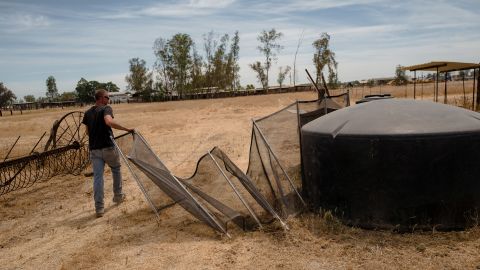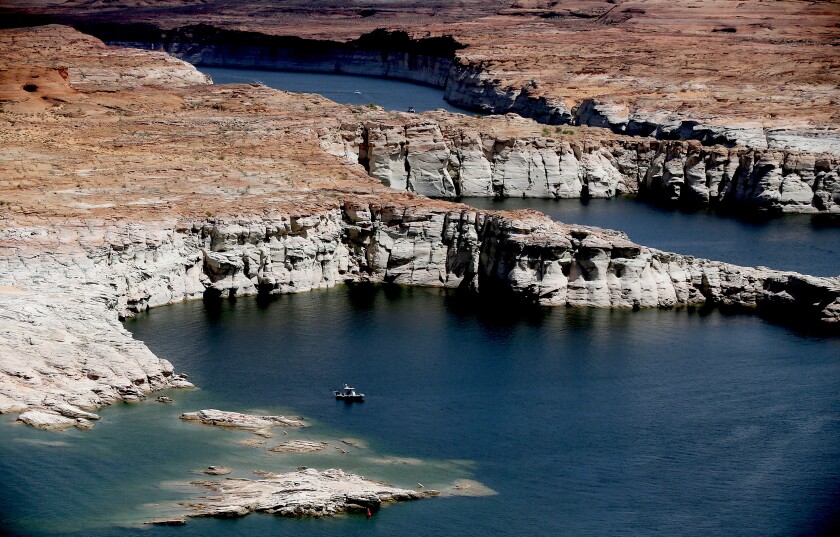
Is it a mega-drought, the dryness in the West?
It may well be — and if so: another glaring sign of the times.
We don’t usually view a “sign” or “warning” in this fashion. For while we think of war, hurricanes, floods, earthquakes, and volcanoes as omens or punishment itself, a major chastisement and one known all too well to history can be a trend rather than a singular event, for instance a simple, parching lack of rain.
If so, California once again can claim title as a forerunner.
One recent study says that what currently is taking place in the Golden State and other parts of the West constitutes the worst drought (on North American soil) in 1,200 years. Reservoirs are dauntingly low.

“As cities like Los Angeles and San Francisco struggle to cut their water use – water that overwhelmingly comes from the state’s reservoirs – rural Californians that rely on groundwater are already tapped out,” reports a network. “They live with the daily worry that they won’t have enough water to bathe with or drink.”
The water level in Lake Powell, the second-largest reservoir on the Colorado River, has dropped to just 24 percent of its full capacity and is continuing to decline to levels not seen since the reservoir was filled in the 1960s, says the Los Angeles Times.
We’re not sure how much credence to give the geologists when it comes to time-frames, but what we do know is that every millennium or two, mega-droughts that can last for multiple centuries grip regions, drought worse than what occurred during the “Dust Bowl” of the 1930s.
Historically they have led to the fall of empires, causing “the mass migration of humans away from drought-affected lands and resulting in a significant population decline from pre-drought levels. Such dearths of water are suspected of playing a primary role in “the collapse of several pre-industrial civilizations, including the Anasazi of the North American Southwest, the Khmer Empire of Cambodia, the Mayan of Mesoamerica, the Tiwanaku of Bolivia, and the Yuan Dynasty of China,” Wikipedia informs us.
The region between the Sahara and savannas of Sudan has suffered multiple megadroughts, the most recent lasting from about A.D. 1400 to 1750.
It is believed that for its part, North America experienced at least four megadroughts during the Medieval Warm Period.
A 200-year mega-drought between the Central Valley of California and the outer boundaries of the Great Basin (all of Nevada, much of Utah, and portions of Idaho, Oregon, and Wyoming) lasted from the ninth to twelfth centuries.
That’s a lot of real estate.
And the question is what happens if sources such as the Colorado River — which with its tributaries supply water to about forty million people — all but dries up?
We’re not there — not really on the cusp of that — yet. But a few more years or decades of paucity?
“We are approaching operating conditions for which we have only very limited actual operating experience,” wrote one official.
“Uncharted territory,” fretted another.
“The term drought is out of date for the American Southwest,” says the title of an article in Esquire. “They call it ‘Aridification’ Now.”
Or “Aquapocalypse.”
They are inching, warns the Audubon Society, to “Day Zero,” a term that originated in 2018 when Capetown, South Africa, a city of 4.7 million, actually came within a whisker of running completely out of water.
A sign of swiftly changing events and landscapes (as prophesied; see Sent To Earth)? Stay tuned. Pray.
[resources: Michael Brown retreat 6/25]




